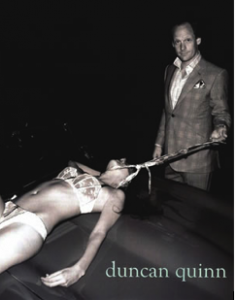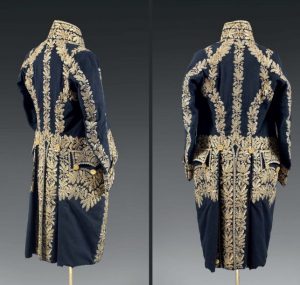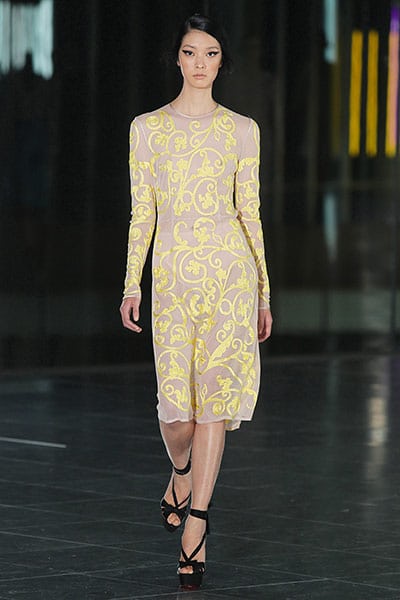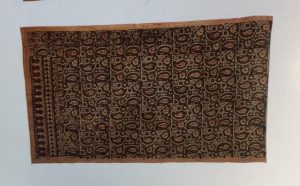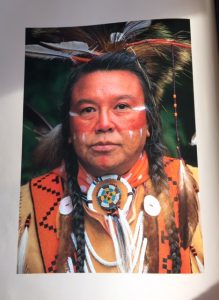Reflective Summary
I have always struggled with writing and much prefer working in the studio but the tutor always explained in detail what we needed to do and was always encouraging us to give it a go. Posting to the blog was completely new to me and was not straight forward in the beginning especially since I realised you cannot copy and paste text to the blog at once but as the weekly tasks went on, it got easier.
As an introduction to the module we had to write 200 words and it took me an entire week to write something down. We did not have to post that to the blog so that helped. In the second task about how to use online resources, I realised how much I relayed mainly on online research but was not doing it properly. This was the first task to post on the blog and I dreaded that and having to write 500 words. This task helped me learn identify what is reliable and unreliable information online and I have transferred this knowledge to my other work.
The next task was about academic integrity and plagiarism and with this, I can now accurately reference different media resources using Harvard referencing. With this task, I started using the library more often for research other than just using online resources. During this lecture, I was made aware of how one can protect their work through watermarks, low resolution or online disclaimer.
Visual research is where we had to analyse an image. In this, I used the skills we had used in previous tasks about identifying reliable online resources and did an extensive research to find out more about what inspired the designer. It was interesting to learn more about what influences one of my favourite designers.
Reflective writing was the most difficult for me because despite the fact that I read both the briefs I could not decide on which one to write about because I was not very sure what I was meant to say. It took me two weeks going over them and it is not until the tutor explained further that we could even choose a section and reflect on that that it made more sense to me and that is what I did. This turned out to be my favourite task out of all of them and I used different media sources for references without it feeling like a chore.
By the time we got to the last task about ethical issues in fashion and textiles, I was finding it slightly easier to research and write. I am passionate about inequality in society especially when it comes to women and children, so with this task, I had to try my best to sound professional and not turn it into an angry rant.
I still struggle with writing but since we have been doing the tasks almost on a weekly basis, it has helped me adjust to writing, researching and using the library more

